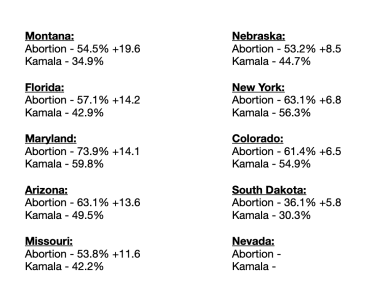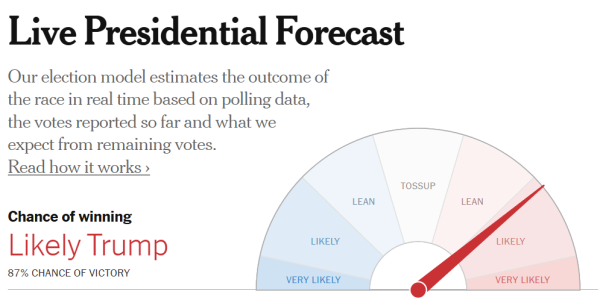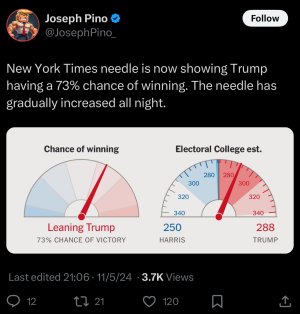Yo...
https://archpaper.com/2018/08/epa-asbestos-manufacturing/
TOXIC SHOCK
EPA is now allowing asbestos back into manufacturing
By
SYDNEY FRANKLIN • August 6, 2018
National News Product Technology
The U.S. Environmental Protection Agency has enacted a SNUR (Significant New Rule) allowing companies to use new asbestos-containing products on a case-by-case basis. (Courtesy Mesothelioma + Asbestos Awareness Center)
One of the most dangerous construction-related carcinogens is now legally allowed back into U.S. manufacturing under a new rule by the Environmental Protection Agency (EPA). On June 1, the EPA authorized a “SNUR” (Significant New Use Rule) which allows new products containing asbestos to be created on a case-by-case basis.
According to environmental advocates, this new rule gives chemical companies the upper hand in creating new uses for such harmful products in the United States. In May, the EPA
released a report detailing its new framework for evaluating the risk of its top prioritized substances. The report states that the agency will no longer consider the effect or presence of substances in the air, ground, or water in its risk assessments.
This news comes after the EPA reviewed its first batch of 10 chemicals under the 2016 amendment to the 1976 Toxic Substances Control Act (TSCA), which required the agency to continually reevaluate hundreds of potentially toxic chemicals to see whether they should face new restrictions or be removed from the market. The SNUR greenlights companies to use toxic chemicals like asbestos without thinking about how it will endanger people who are indirectly in contact with it.
Asbestos, once seen as a magical mineral, was widely used in building insulation up until it was banned in most countries in the 1970s. The U.S. is one of the only developed nations in the world that has placed significant restrictions on the substance without banning it completely. New data revealed that asbestos-related deaths now total nearly 40,000 annually, with lung cancer and mesothelioma being the most common illnesses in association with the toxin. That number could rise if new asbestos-containing products make their way into brand new buildings.

Asbestos poses a major health risk for everyone who comes into contact with it, both directly and indirectly. (Courtesy OSHA Safety Manual)
Healthy Building Network (HBN), an environmental advocacy group, recently told
Fast Company that the fibrous material poses a major health risk for everyone exposed to it, including those who mine it, those who handle it in industrial facilities, as well as people near or inside renovation and construction projects where it’s being used. HBN’s Board President Bill Walsh said that the chlor-alkali industry is the only industry in the country that still uses asbestos, reportedly importing about 480 tons of the carcinogen each year from Russia and Brazil.
Walsh also pointed out that chlorine-based plastics are commonly found in building-product materials and that “virtually all” asbestos in the U.S. is used in the industrial process to make chlorine. This includes PVC and vinyl plastics, which is largely found in the creation of pipes, tiles, flooring, adhesives, paints, and roofing products.
Though the EPA is easing its regulations against using harmful toxins like asbestos, it will largely be the responsibility of local and state governments, as well as companies and informed consumers to counter these federal moves. Walsh says it’s up to sustainable building-product manufacturers and ultimately, architects to pressure the market.
“Architects really set the pace of design, in terms of aesthetics and materials that we like,” he said. “If they start to incorporate health-based criteria into their palette, it could really have an influence on what the manufacturers produce.”
Building Products ChemicalsEnvironmental Protection Agencygovernment








































